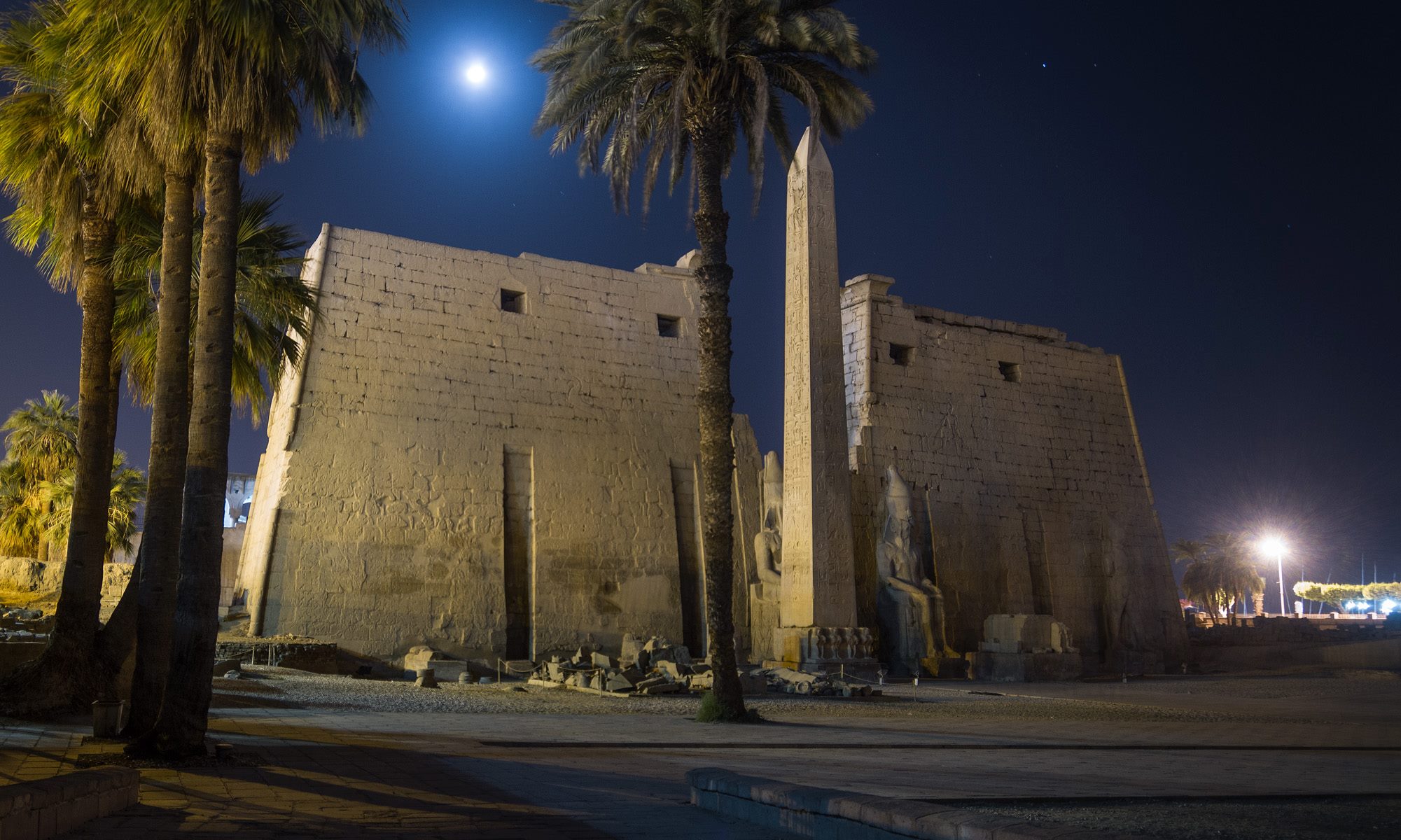The Egyptians loved their annual Opet Festival. So much so that over the years it got bigger, and bigger, and bigger!
During the reign of the 18th Dynasty's Thutmose III the Festival ran for some 11 days. By the time of Ramesses III, some 300 years later, it lasted nearly a month!
The Opet Festival was all about renewal; a favourite subject of the Egyptians. It was designed to reinvigorate the power of the gods, renew the king's divine essence, the royal ka, and reconfirm the king's right to rule. It was a heady few days.
Each year the golden statue of Amun-Ra would be placed on board its sacred barque and carried or sailed in great procession from Karnak Temple to Luxor Temple, some two kilometres to the south. It was a noisy affair. The procession was accompanied by troupes of musicians, dancers and singers to delight the god on his journey.
Why did Amun-Ra need to leave his home in Karnak? Simply put, the god, weary after a year of managing the cosmos, needed a recharge. During sacred rituals presided over by the king, Amun-Ra was reborn. The god was now ready to reign over creation for another 12 months.
In ancient Egypt, each person possessed a ka. This was their spiritual double, their sustaining power of life, eternally youthful and perfect. The pharaohs, naturally, were different. Upon their coronation, they were transformed from an individual ruler into the living royal ka. This was the ka of the divine role of kingship; a spiritual essence that was ordained by the gods at the beginning of time. Individual kings came and went, but the divine office of kingship never died - so long as the royal ka was renewed every year.
During the Opet Festival the cult statue of Amun-Ra was reunited with that of his goddess-bride, Mut, in a celebration of fertility, and the royal ka was reborn. The king's role as the personification of the royal ka was renewed; the gods' blessing received and his right to rule reconfirmed.
Now, essentially reborn, the rejuvenated king appeared before an ecstatic public, signalling rejoicing, drunkenness and wild abandon as temple offerings were redistributed among the people.
The great colossal statues that stand before and within temples celebrate not the mighty pharaoh, but the divine aspect of the mortal king. Pictured is Luxor Temple's First Pylon, added by Ramesses II around 1,250 B.C. It was once fronted by six colossi of the king (two seated and four standing) depicting him as the living embodiment of the royal ka. Photo: Marc Mateos.
